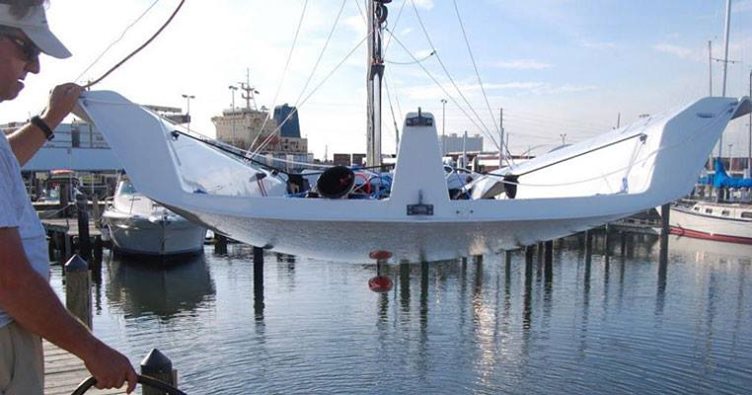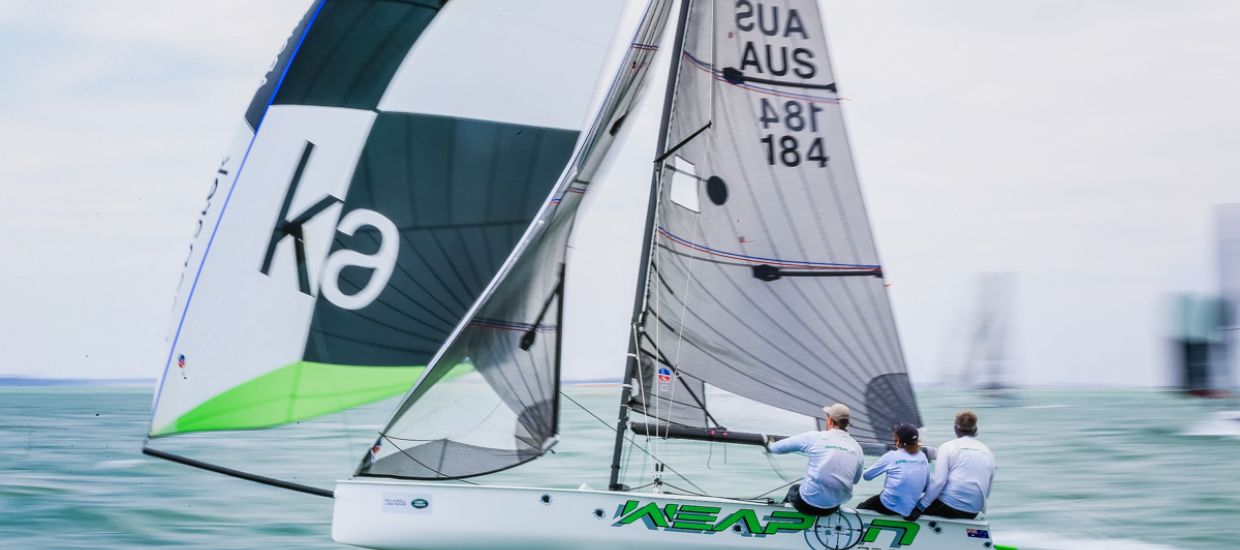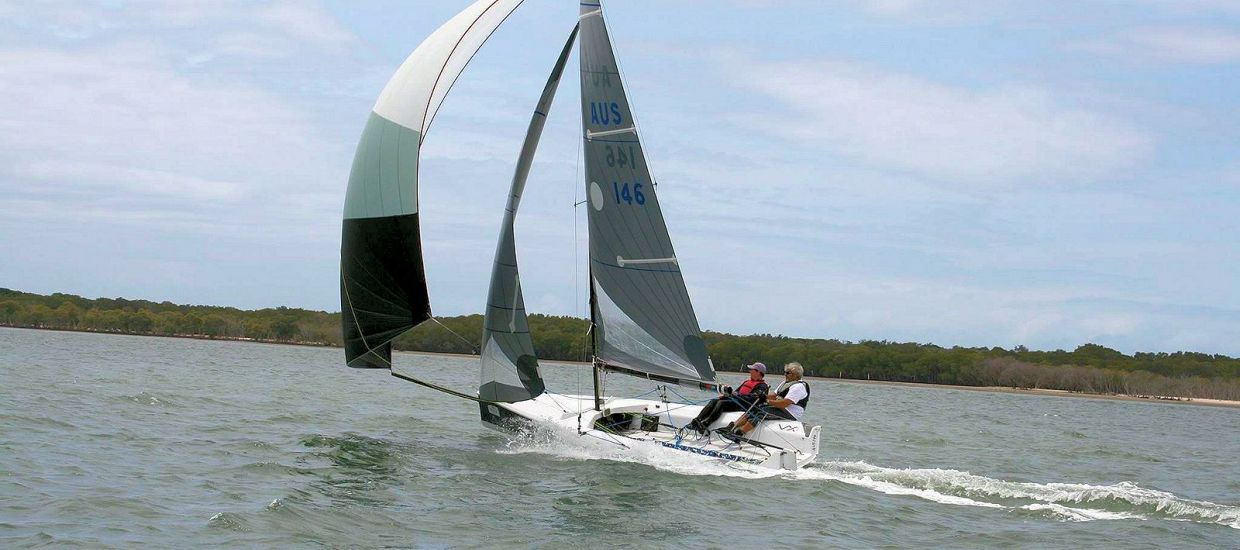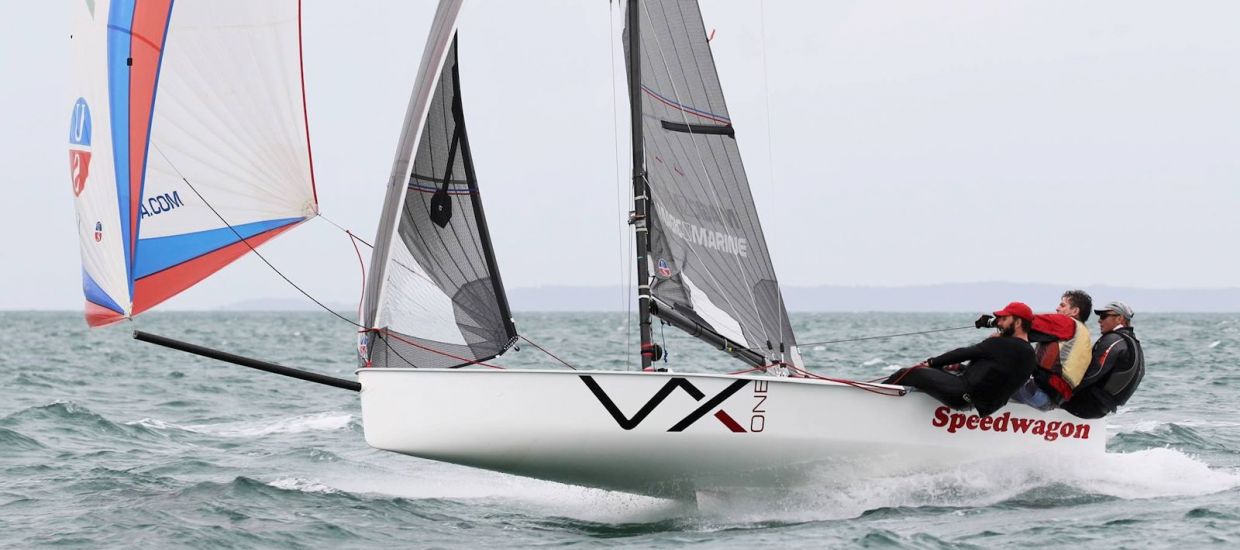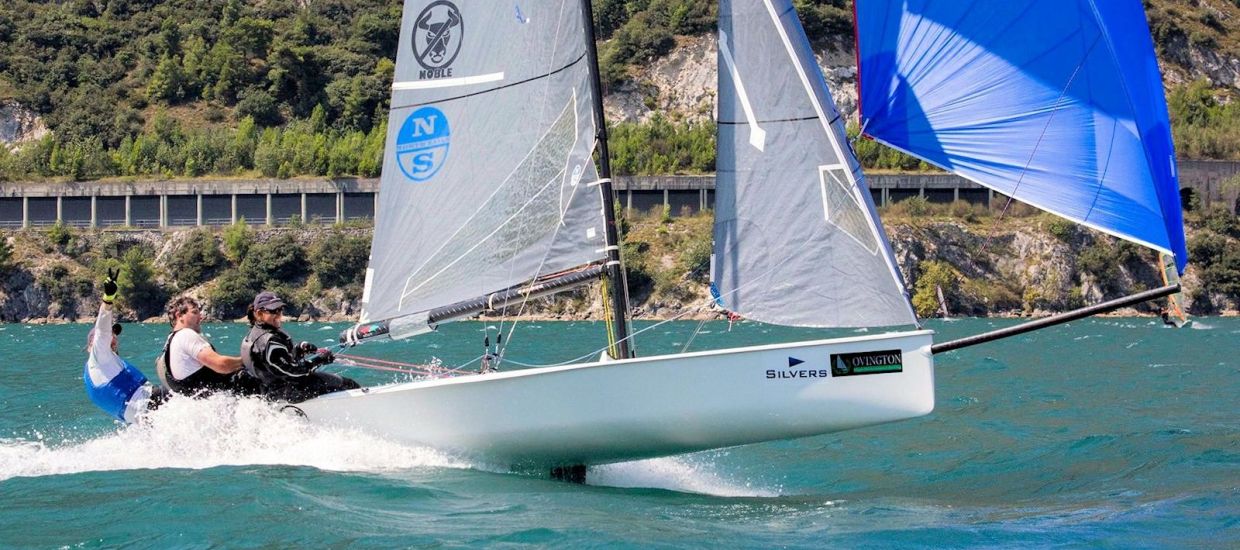Looking at Foils
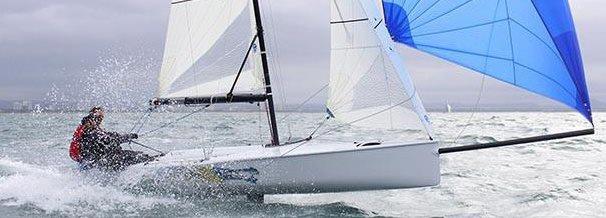
Taking a look at Foils. In my opinion this is the most important part of a good boat design. There is a fine line between low speed manoeuvrability and high speed planing, if you get one or the other wrong you will have a dud of a boat. I reckon the team at VX HQ have got the design spot on.
From John Clinton Director of Mackay Boats
Mackay Boats started building 470 and Flying Dutchman foils in 1982 (long before we started building 470s). The name we sold them under was “Kiwi Style Foils”. Sailors and coaches from the 80s and early 90s will know them well.
In 2011 we decided to revert back to the KiwiStyle Foils brand so you will start seeing the famous logo again!
Up until recently we made our foils with laminated wood, glassed over with unidirectional and woven glass cloth. This technique had always produced the best finished foils with perfect edges. In the past, Molded foils were never as nice.
Now, with CNC machining and computer modelling becoming common place- and no longer being cost prohibitive, we have been able to use this technology to build perfectly accurate aluminium molds. These are in a different league than fibreglass molds. We can now produce molded foils with the same standard of finish as our wooden foils.
This has opened up a significant advantage. Because we are only working with absolutely quantifiable materials; Glass Fibre with a foam core- we can alter and develop the characteristics of the foils to a very fine degree (with the wooden foils there was always variations in the strength of the wood. No two pieces of wood are exactly the same. It was also difficult to adjust the layers of glass laminate on the surface of the wood while still maintaining the perfect thickness and shape.)
All CNC Mold foils are built starting with an extra hard Gelcoat surface and then different combinations of Epoxy, Carbon and E-glass depending on the class rules.
By adjusting the size, shape and cloth used in the laminate, we are able to make the foils to exact requirements for bend and twist.
The keel comes as a bare extrusion from the US. We get this cut to length, threads tapped, keel surface polished and then anodised before the bulb can be added.
The lead bulb is fastened to the keel first, and then the fibreglass casing is glued around the lead. This is a complicated process whereby the fibreglass casings stay in their aluminium moulds and the moulds are bolted together either side of the keel so everything stays in line and identical to the previous boats.
Special attention is needed when fitting the bulb to the keel to isolate the materials. Fibre washers and sleeves are used to make sure none of the metals are in contact with each other to prevent electrolysis. Duralac is also used where the bolts go into the keel.
